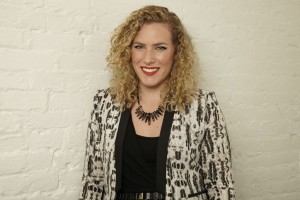 Hi! My name is Sophia, I am an Associate Search Consultant with The Melanie Andersen Agency. I work on all design and merchandising roles for our fashion and retail clients. I’m obsessed with all things fashion, and feel so privileged to play a role in the direction of the design and production of our clients’ products.
Hi! My name is Sophia, I am an Associate Search Consultant with The Melanie Andersen Agency. I work on all design and merchandising roles for our fashion and retail clients. I’m obsessed with all things fashion, and feel so privileged to play a role in the direction of the design and production of our clients’ products.
My favorite part of the interview process is looking at designers’ portfolios, so I created this 3 part blog series that gives some advice on how to maximize your chances of landing the interview. Resumes and portfolios should be the champions of your cause, not the Achilles’ heel for an otherwise talented designer. Last week, I gave some pointers and general advice on what you should be aiming to achieve with the layout of your resume and portfolio. For Part 2 of the series, I have laid out some tips on the content you should include in your portfolio. Hope you find this helpful!
Part 2: Content
What to include in your portfolio is a question every designer struggles with. The best advice I can offer is it needs to be a balance between inspiration, work for your previous employers, and personal work.
Although there shouldn’t be too many inspiration or mood boards, including at least one is important, because it is an inside scoop on your thought process and how you curate ideas, themes, and color schemes, etc. That being said, your portfolio should be a showcase of your work, you don’t want there to be any confusion as to whether it is your work or inspiration you are including. When I am looking at portfolios, I like to see a mix of work you have produced for a company, as well as personal sketches and designs. It is important for a hiring manager to see how a designer operates with and without the constraints of the company they work for.
I would caution not to make the portfolio too big, as hiring managers are usually impatient and don’t have a lot of time to look at a huge portfolio, so include only the best. It is also important for you to have digital portfolio samples, a lot of clients ask to be sent pieces of a designer’s portfolio prior to agreeing to an interview. Also, you should be sure that the file is small enough to easily send via email.
Now that you have the insider tips for layout and content, be sure to check out the third and final installment of this blog series: Presentation!